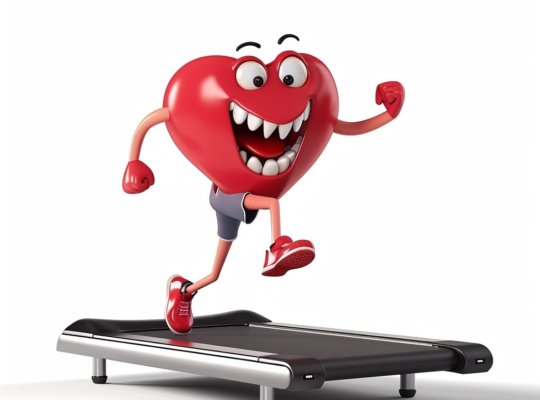
Dreaming of a trimmer you, but worried that losing weight after 60 is a losing battle? Fear not, fellow over-60 rockstars! While your metabolism may have shifted, and your body might be telling different stories than it did in your 20s, achieving a healthy weight and building muscle is absolutely within reach. Here are 13 practical tips to guide you on your journey, expanded for deeper understanding:
Fuel Your Body Right:
- Embrace the Mediterranean: Ditch the fad diets and opt for the heart-healthy Mediterranean approach. This means:
- Abundant fruits and vegetables: Aim for colorful variety, including leafy greens, berries, citrus fruits, and colorful vegetables like bell peppers and carrots.
- Whole grains: Choose brown rice, quinoa, whole-wheat bread, and other unrefined options for sustained energy and fiber.
- Lean protein sources: Prioritize fish (salmon, tuna), poultry (skinless chicken, turkey breast), legumes (beans, lentils), and low-fat dairy (Greek yogurt, cottage cheese) for muscle building and satiety.
- Healthy fats: Include olive oil, avocado, nuts, and seeds in moderation for heart health and satiety.
- Limit processed foods, sugary drinks, and unhealthy fats: These contribute to weight gain and inflammation.
- Go green with protein: Prioritize lean protein sources like:
- Fish: Rich in omega-3 fatty acids, essential for heart and brain health.
- Poultry: Skinless chicken and turkey breast are low in fat and high in protein.
- Beans and lentils: A plant-based source of protein, fiber, and essential nutrients.
- Tofu and tempeh: Soy-based options for vegetarians and vegans.
- Eggs: A complete protein source with essential vitamins and minerals.
- Low-fat dairy: Greek yogurt and cottage cheese provide protein, calcium, and other beneficial nutrients.
- Fiber is your friend: Fill up on fiber-rich fruits, vegetables, and whole grains to:
- Feel fuller for longer: Fiber slows digestion, helping you feel satisfied and reducing cravings.
- Aid in digestion: Fiber promotes gut health and regulates bowel movements.
- Lower cholesterol levels: Soluble fiber, found in fruits, vegetables, and oats, helps bind cholesterol and remove it from the body.
- Stabilize blood sugar: Fiber helps regulate blood sugar levels, preventing energy crashes.
- Mindful portions: Use smaller plates, measure your food, and avoid distractions while eating to:
- Eat less without feeling deprived: Smaller plates create an illusion of abundance.
- Gain awareness of portion sizes: Measuring helps you understand how much you’re actually eating.
- Avoid mindless overeating: Distractions like TV or your phone can lead to consuming more than you intended.
- Hydration is key: Aim for 8 glasses of water daily to:
- Boost metabolism: Water helps your body function optimally, including burning calories.
- Curb cravings: Sometimes thirst is mistaken for hunger. Drinking water can help reduce unnecessary snacking.
- Improve digestion: Water helps move food through your digestive system, preventing constipation.
- Increase energy levels: Dehydration can lead to fatigue.
Move It, Don’t Lose It:
- Strength training is king: Don’t shy away from the weights! Building muscle mass boosts metabolism and helps prevent weight regain in several ways:
- Increases calorie burning even at rest: Muscle tissue burns more calories than fat tissue, even when you’re not actively moving.
- Improves bone density: Strength training helps prevent osteoporosis, a common concern for older adults.
- Enhances functional strength: Lifting weights makes everyday activities like carrying groceries or climbing stairs easier.
- Improves balance and coordination: Strength training can help reduce the risk of falls.
- Find your fitness groove: From brisk walking and swimming to dancing and yoga, discover activities you enjoy and can stick with long-term:
- Walking: A low-impact exercise that’s easy on the joints and perfect for beginners.
- Swimming: A full-body workout that’s gentle on the joints and refreshing in hot weather.
- Dancing: A fun and social way to get your heart rate up and improve coordination.
- Yoga: Improves flexibility, balance, and strength, while also promoting relaxation and stress management.
- Tai Chi: A gentle exercise that combines movement, breathing, and meditation for improved flexibility and balance.






